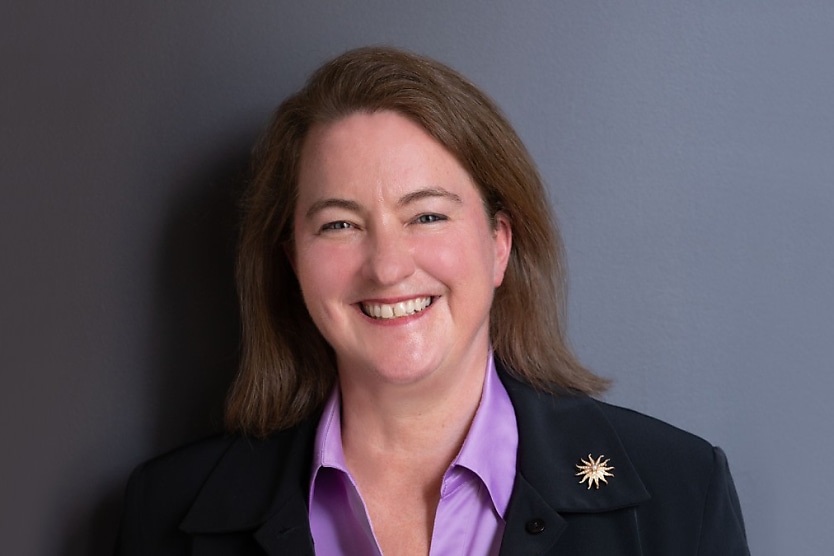
The Workplace Gender Equality Agency’s (WGEA) 2021–2022 biennial report has detailed that Australia’s gender equality reporting has seen improvement since its 2013 inception, but more can be done.
WGEA director Mary Wooldridge said the change that is needed is legal reform: “We are at a turning point in our work – and in the state of workplace gender equality in Australia.
“This report is a detailed analysis of where we are progressing and where we have more work to do. It serves as an important tool for accountability and shows a need for a renewed approach that will ensure Australia remains a leader in gender equality.
“The past two years have been a time of reflection on what has worked, and strategic thinking about what needs to change to accelerate the rate of improvement.”
Perhaps the most significant increase was the number of companies that now have policies and strategies in place to support gender equality. In the 2013–2014’s report, 66.2 per cent had structures for support. This figure now sits at 77.7 per cent, highlighting a desire to create change in the workplace.
However, while many of these results show positive progress, the gender pay gap stalled for the first time in 2021–2022, sitting at 22.8 per cent. While this is almost 6 percentage points lower than it was in 2013–2014, where it sat at 28.6 per cent, the fact it stalled shows there is more progress to be made to continue closing the gap.
In WGEA’s 2019–2020 biennial report, the organisation recommended a review of the Workplace Gender Equality Act 2012.
The 2021 Review made 10 recommendations. Many of these are implemented by the reforms in the Workplace Gender Equality Amendment (Closing the Gender Pay Gap) Bill 2023, and changes to its associated Legislative Instruments, that’s currently before Parliament.
These reform package includes:
- Requirements to publish employer gender pay gaps
- Mandatory reporting of CEO remuneration (as with all remuneration data, individual CEO pay will be kept confidential)
- Collecting more harassment and discrimination data
- New standards for large employers on gender equality targets
Ms Wooldridge said that this reform would create a better environment to strive towards equality: “Employers play a critical role in achieving gender equality. International experience shows that publishing employer gender pay gaps leads companies to prioritise gender equality and to a lowering of pay gaps.
“Improved transparency and accountability will also better equip employees, and potential employees, with the information they need to make informed decisions about their own employment and improves their bargaining position.
“We are excited to work with employers to help them address their gender pay gaps and the factors contributing to them and to strengthen transparency and accountability.”
Women make up 31.3 per cent of board members or chairs as of 2021–2022. This figure has grown since the last biennial report of 2019–2020, which sat at 28.1 per cent.
The proportion of women CEOs has also increased drastically since 2013, with 22.3 per cent of companies noting they had a woman CEO in 2022, up 5 percentage points.
Gender pay gap analysis is also up from the previous report, increasing from 46.4 per cent of businesses to 54 per cent. While this shows positive improvement in employer responsibility, there are still 40 per cent of organisations that aren’t taking action to address issues.
Not all of the figures have seen improvement. There are fewer employers consulting employees on gender pay gaps now than there were in 2020, down from 53.9 per cent to 47.8 per cent in 2022.
RELATED TERMS
The term "gender pay gap" refers to the customarily higher average incomes and salaries that men receive over women.
Jack Campbell
Jack is the editor at HR Leader.











